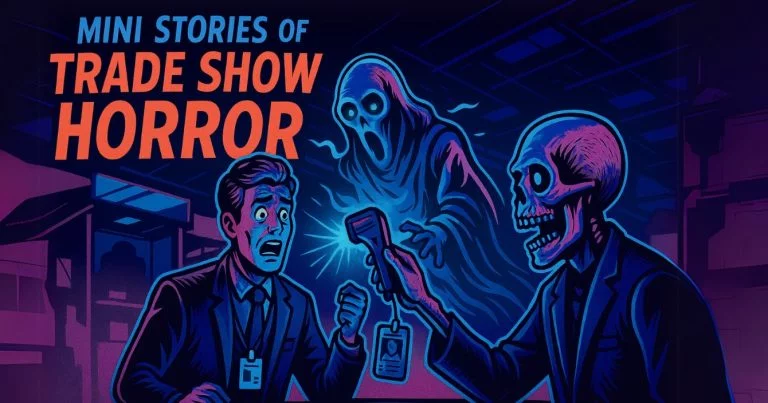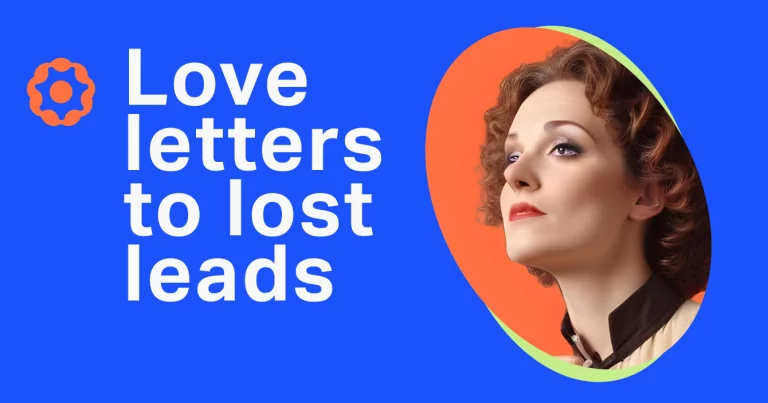Day 1: The setup
It started with a dream. A sleek, eye-catching booth, a flood of eager attendees, a mountain of leads—the kind of trade show that would have my boss throwing high-fives and buying celebratory drinks. This was the moment to prove that all those planning hours, all those late-night brainstorming sessions, all those tedious logistics—everything—was worth it.
Reality? A 5 a.m. flight that left me running on fumes before the event had even begun. A missing shipment of booth materials had me frantically making calls in the middle of a bustling expo hall. And to top it all off, a coffee spilled down my only blazer—because, of course. By the time the expo floor had opened, I was held together by caffeine, sheer willpower, and a desperate hope that none of this would show on my face.
Day 2: The madness
The booth was packed, and our demos were a hit. People stopped, asked questions, and engaged. My team and I were firing on all cylinders, shaking hands, exchanging pleasantries, and making mental notes of potential leads. It was happening—this was the kind of turnout that event marketers dream about.
But then, somewhere between the rush of excitement and the blur of faces, a creeping thought began to take hold. How are we keeping track of all these people? The lead capture process? It was a complete mess. Business cards piling up in a fishbowl like a bizarre lottery of lost opportunities. My team scribbled names and half-legible email addresses onto whatever scraps of paper they could find. And the worst part? Attendees nodded enthusiastically, promising to follow up—promises I knew from experience would never materialize.
I forced myself to push the worry aside. We’ll sort it out later, I told myself. There was no time to fix it now. But even as I repeated those words in my head, I knew. This isn’t how it’s supposed to be.
Day 3: The aftermath
Back at the office, I sat at my desk, staring at a bag full of business cards. I emptied them onto the table and watched as they scattered, a chaotic pile of potential slipping through my fingers. Some cards were smudged, some had no context, and others were blank on the back. And that fantastic lead—the one who had practically begged for a follow-up? I had no idea which card was his.
My boss walked in, expectant. “So, how did we do?”
I blinked, trying to stall. “Uh… great?”
His brow furrowed. “Okay… how many leads converted to sales meetings?”
Silence. Cold sweat. I looked down at the cards again. I had nothing.
The revelation: never again
That was the moment I swore: Never again would I let an event lead slip through the cracks, never again would I be caught unprepared, and never again would I let chaos dictate our success.
I came armed for the next trade show – real-time lead capture, automatic follow-ups, and CRM integration. No more post-event guessing games, no more fishing through a pile of paper, no more hoping someone would remember a crucial conversation from a fleeting moment on the show floor. Instead, we prioritized hot leads, engaged them instantly, and clearly tracked ROI. I could see the impact of every handshake, demo, and conversation. Because the data wasn’t just captured, it was actionable.
The lesson
Leads are only as good as your ability to act on them. Trade shows aren’t just about collecting contacts but about creating conversions, building relationships, and proving ROI.
Now, when my boss asks how we did, I don’t fumble for an answer. I hand him a report with names, scores, engagement levels, and projected revenue.
And guess what? This time, he actually bought those celebratory drinks.



